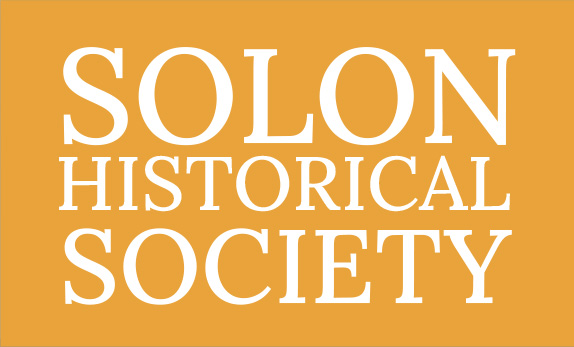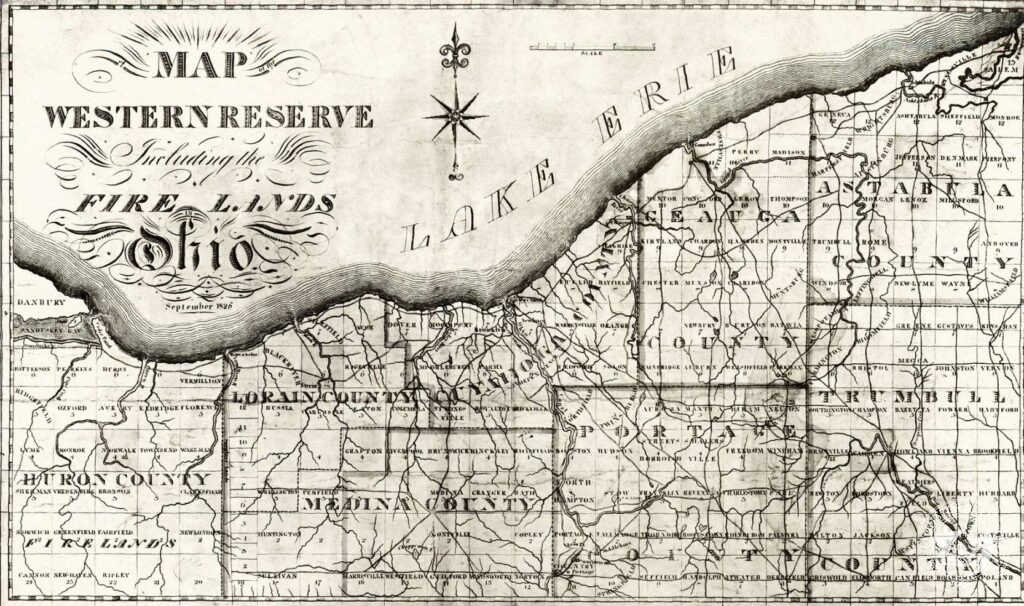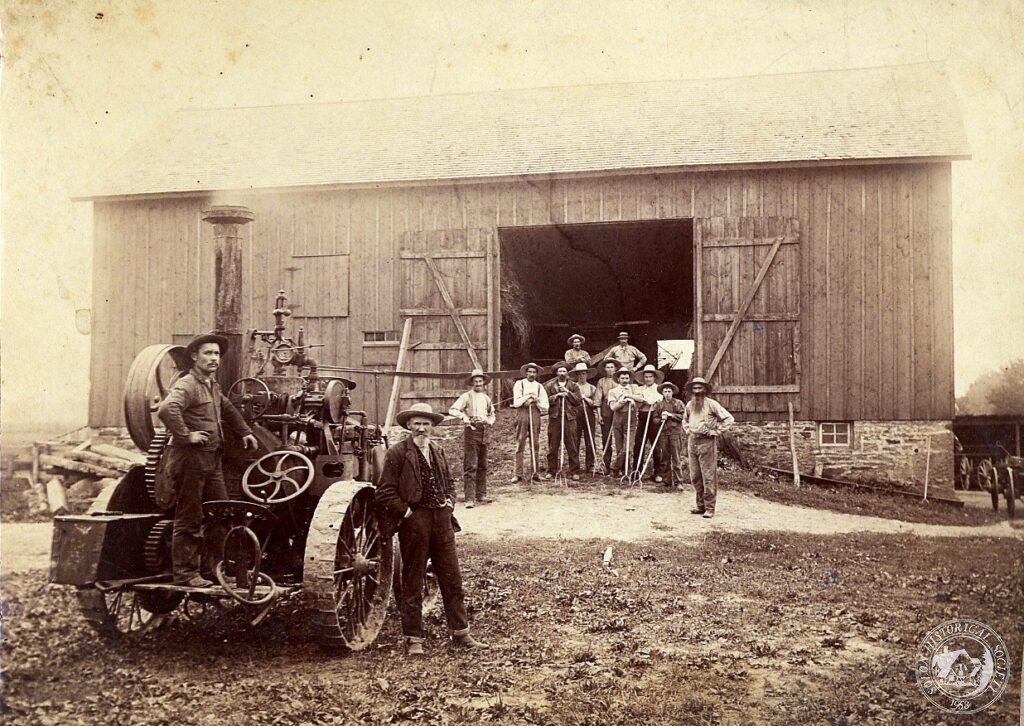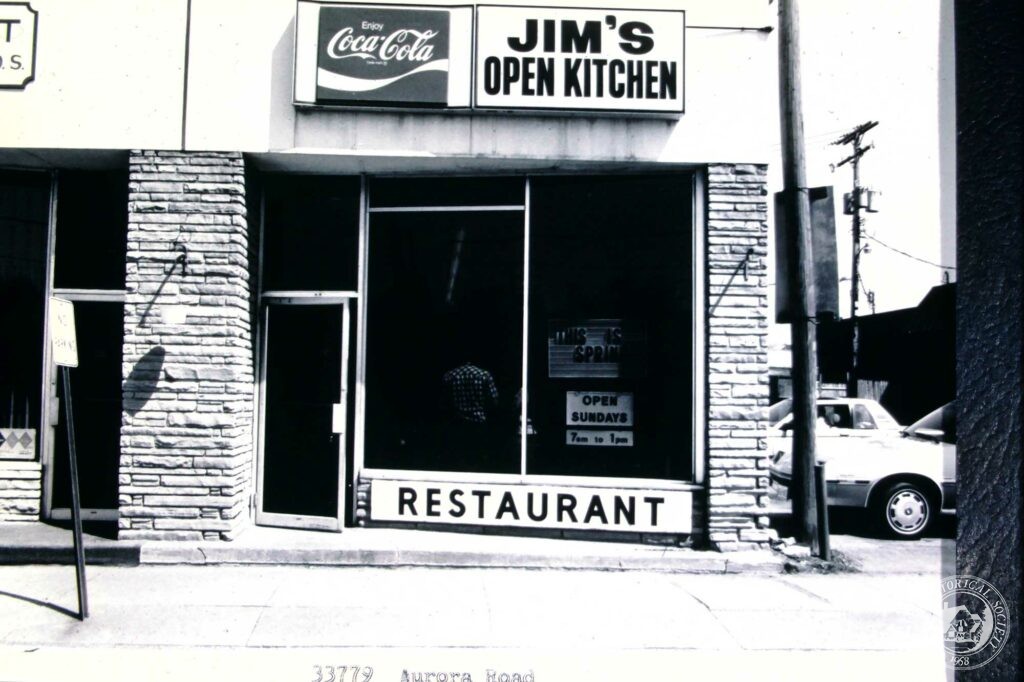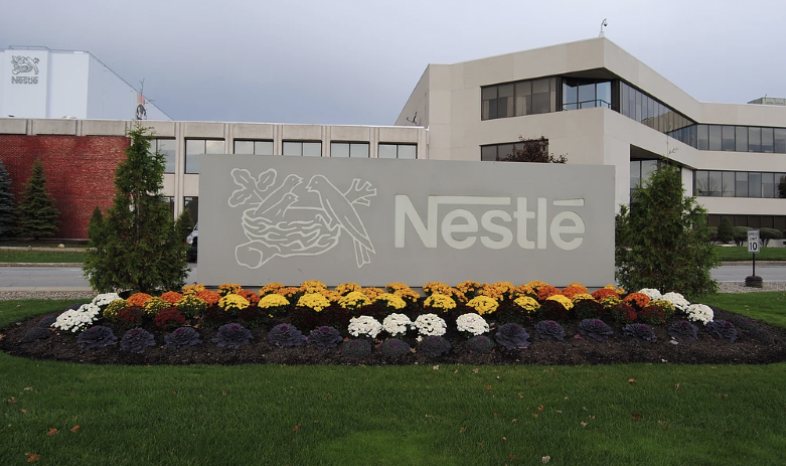HISTORY
1820
Solon was settled by Robbins and Bull families
1822
The first school was established with only 7 pupils
1917
Solon was incorporated as a village
1929
The first industry to locate in Solon was the Bready Cultimotor tractor company
1960
Solon becomes a city
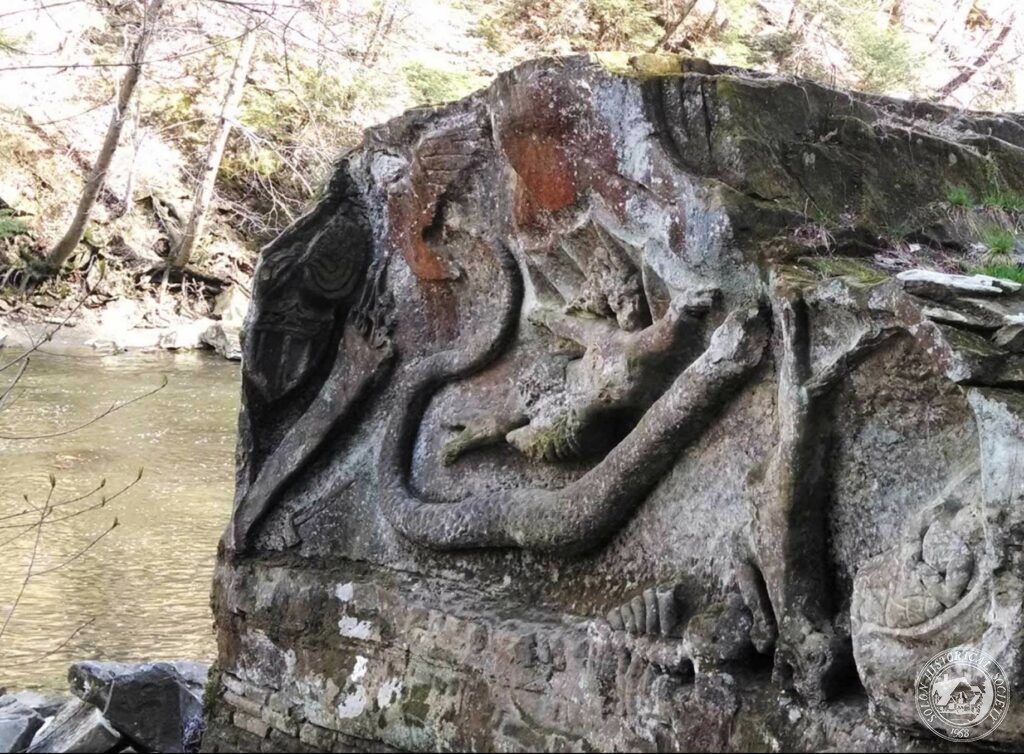
Henry Church Rock
The area of Solon and Northeast Ohio has been continuously inhabited for the last 11,000 years and was the indigenous land of the Erie, Kaskaskia and Mississauga people. The Erie were the last tribe in this area before becoming a part of the Iroquois Confederacy, and were excellent farmers, skilled hunters, wise diplomats, and accomplished warriors. They hunted deer, elk, bear, and smaller game in the dense forests of Solon and beyond while fishing the Chagrin river and the lakes in the area. Henry Church Rock, carved in 1885 beside the banks of the Chagrin River in the Metroparks South Chagrin Reservation, is a monument to this legacy.
When modern Europeans began to arrive in North America during the 1600’s, they traded with these tribes for furs in exchange for goods. Initially colonized by the French, Ohio became a British colonial possession following the French and Indian War in 1754. Under a charter by King James II, a portion of land in the northeastern region of Ohio was claimed by the Colony of Connecticut and was titled the Connecticut Western Reserve. They relinquished claim to some of its western lands to the United States in 1786 following the American Revolutionary War and preceding the 1787 establishment of the Northwest Territory. Native American title to the land east of the Cuyahoga River was extinguished in the Treaty of Greenville in 1795, making 70 percent of the Reserve immediately available for sale and settlement. Despite ceding sovereignty to the United States, Connecticut retained ownership of the eastern portion of its cession, south of Lake Erie which encompassed the area of Solon. It sold much of this “Western Reserve” to a group of speculators who operated as the Connecticut Land Company; and who sold it in portions for development by new settlers.
The area currently occupied by the City of Solon was originally known as Milan Township, part of Range 10, Township 6, of the Connecticut Western Reserve. The township originally measured 25 square miles in area but over time, Bentleyville and Glenwillow sectioned off from the original Solon to become villages in 1831 and 1914 respectively. The war of 1812 cleared the first road running east and west through the town used for transporting supplies, now known as Aurora Road. SOM Center Road is believed to have been an old indigenous trail that led to natural salt springs near Chillicothe. The first settlers were the families of merchant Isaac “Samuel” Bull, and sea captain Jason Robbins, who moved from the state of Connecticut to Solon in August of 1820, claiming and clearing just enough land to build a log cabin. The Robbins settled in the area now where Grantwood golf course resides, and the Bull family settled on the south side of Aurora Road west of the Robbins. They found the main reason for the lack of other settlers was that much of the township was either underwater or a swamp. Up on the “ledge” of north Solon the land was dry but not fertile enough for good farming, and it was crawling with rattlesnakes. After much work clearing and draining the soil, the town grew to include seven other families. In 1825 the county commissioners allowed the two pioneering families to rename the township in honor of one of them. Bull Town and Robbinsburg were considered, but the name Solon was chosen as it was the middle name of Isaac Samuel Bull’s twelve year old son, Lorenzo Solon Bull, who later became postmaster. The name “Solon” dates back to a statesman in ancient Greece who was both a poet and a leader for Athenian democracy.
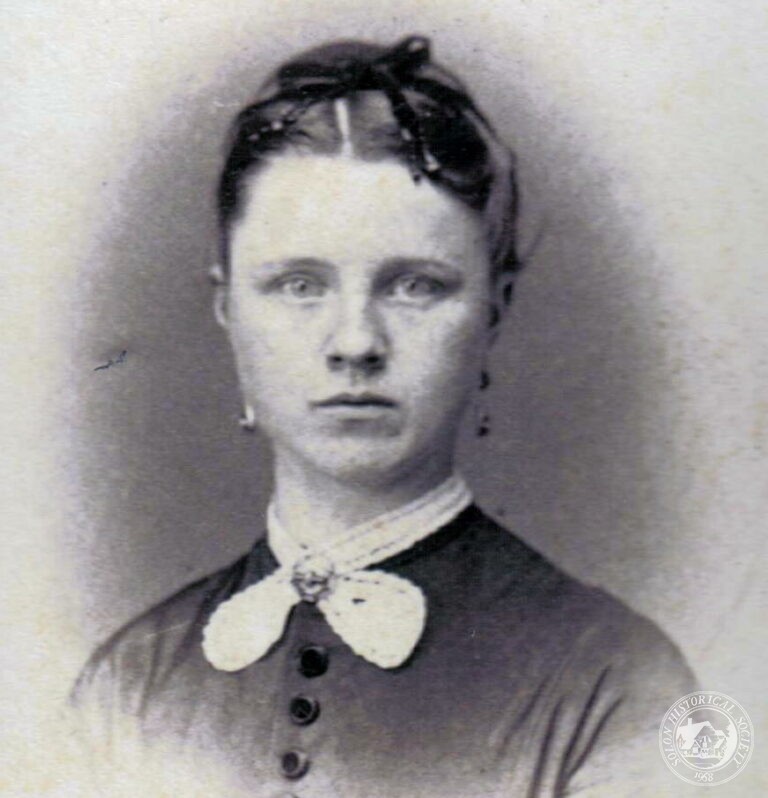
Mary Harper
Members of the founding families, including the Wells and Carver families, were the first government officials. Several roads throughout Solon are named after other prominent settlers such as Elija Pettibone, James Cannon, Henry Baldwin, John Cochran, and James Harper. Farming and the gathering of maple syrup and black salts (ash residue from burned trees used to make soap) were two other prominent commercial activities in Solon’s early history. Trading of these goods was common between Solon, Hudson, Newburg, Cleveland, and even extending to the state of Connecticut. Dairy farming was another significant activity, supporting the operation of five cheese factories during the 1800’s.
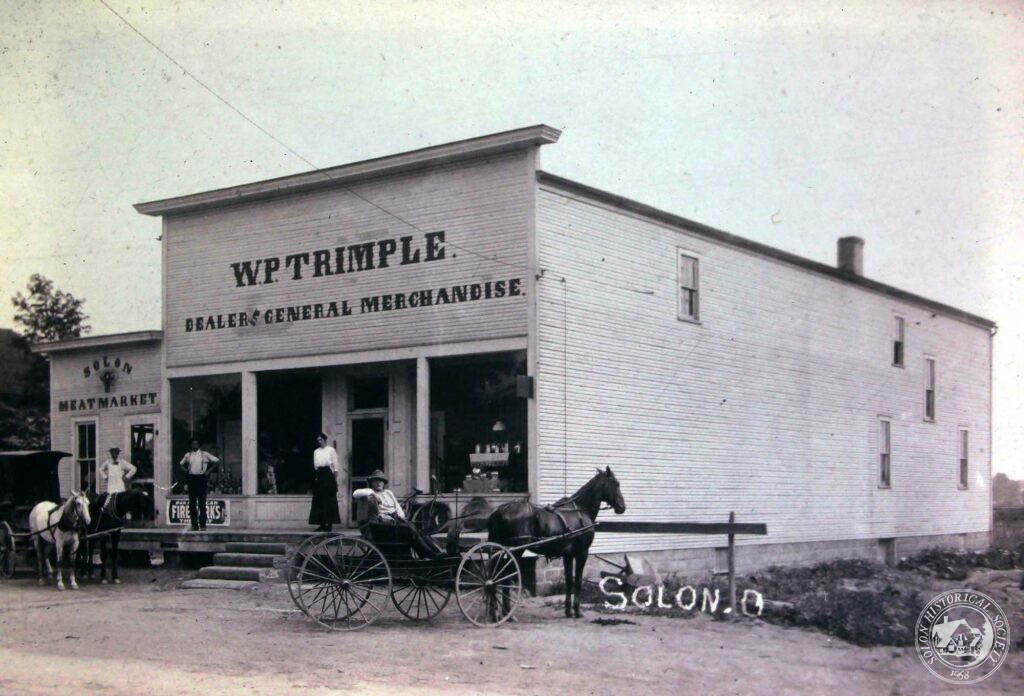
Trimple Store
During the early settlement of the township there were problems with drainage in and around the center of town and much of the land was cleared and drained to accommodate commercial development. Nelson P. Bard wrote Pioneers with Web Feet, which chronicled life in early Solon. The book was so named because the settlers at the time were said to need webbed feet in order to walk through the swampy, marshy land. The first store was established by Archibald Robbins in the 1830’s, at the intersection of Solon and Liberty Roads, now part of Bentleyville Village. A sawmill was also located nearby. In 1840, however, after much of the land was drained, the store relocated to the center of town, near the intersection of SOM Center Road and Bainbridge Road. Trimple’s General Store located on Bainbridge Road, and provided residents with an assortment of food and supplies. Food was kept cool with ice that was cut from Briar Hill Lake. This store is one of the historic buildings that remain today and is located at 33790 Bainbridge Road. The SOM Center Road and Bainbridge Road intersection marked the beginning of a thriving commercial center that is a constant focus of new development and redevelopment.
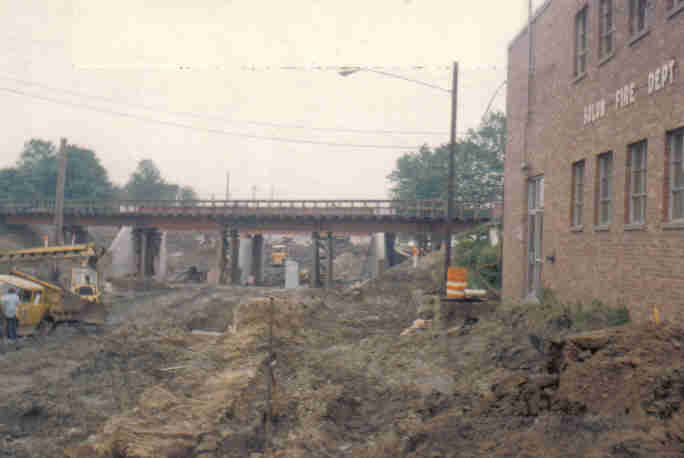
expansion of Som Center railroad bridge
As more families moved into the greater Cleveland area in the late 1800’s and early 1900’s the demand for land naturally increased. In 1926, the operation of four real estate firms and the construction of Aurora Road (State Route 43) connecting Solon to Cleveland further fueled the land boom. In the early 1900’s many major infrastructure improvements were made including the paving of roads and the extension of water and sewer lines. SOM Center Road (State Route 91) became established as the major north-south thoroughfare. It was so named for the three original townships that it ran through: Solon, Orange, and Mayfield. In the post World War II years, Cuyahoga County, and many other counties in Ohio, began to experience extensive residential, commercial, and industrial growth. This growth corresponds with the period when Solon became a city in 1961.
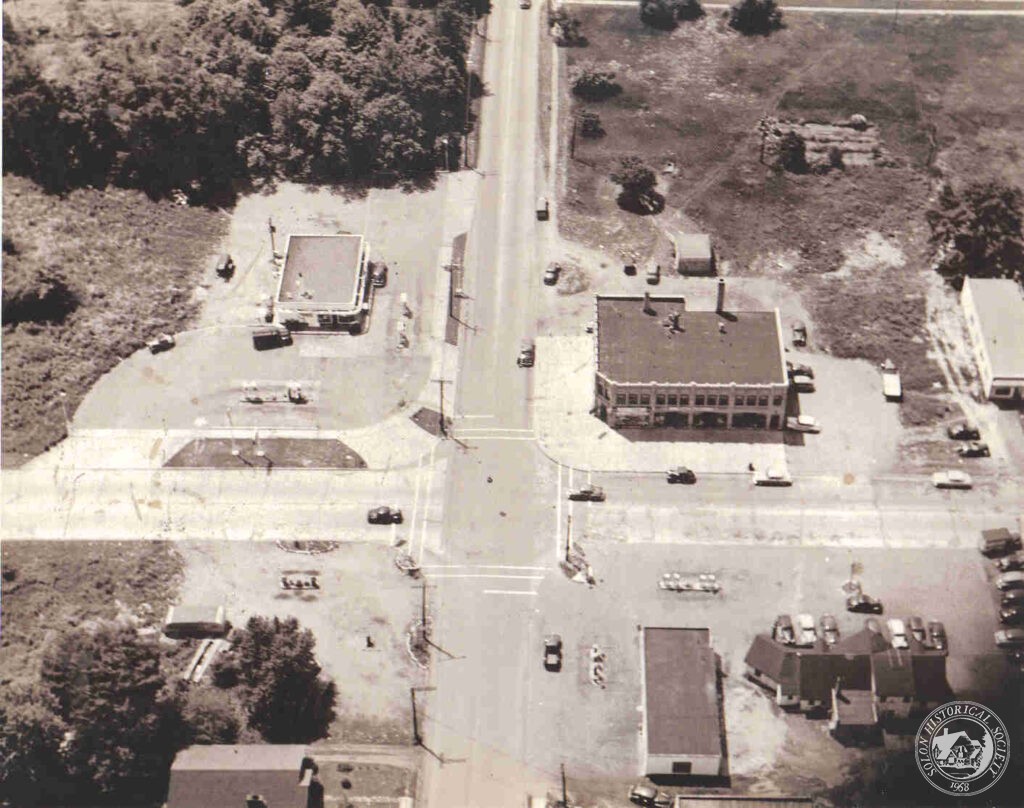
Ariel of Som and Aurora Road
Solon now has significant areas zoned for industrial uses, accounting for 15% of Solon’s total land area. This is in part due to the fact that in 1947 village voters passed strict zoning regulations and Solon began a fervent effort to encourage industrial growth. Approximately 930 acres was purchased in the southwest portion of the city for an industrial park. Over time, most of the farms in this area were converted for industrial purposes.One of the first industries to locate in Solon was the Austin Powder Company in 1907. This company was located in the southwest corner of the city (now Glenwillow). Bready Cultimotor, a tractor company that located here in 1931 was the first manufacturing business in Solon. It was located on the south side of Aurora Road between SOM Center Road and Solon Boulevard. Other industrial businesses to open their doors for operation in the city were the Solon Foundry in 1946, Falls Industries in 1949, and David Round in 1951. The year 1968 marked the opening of Stouffer’s frozen food plant which continues to be one of the city’s major employers. Today, more than 250 manufacturing and warehousing businesses operate in Solon and now occupy approximately 1,966 acres.
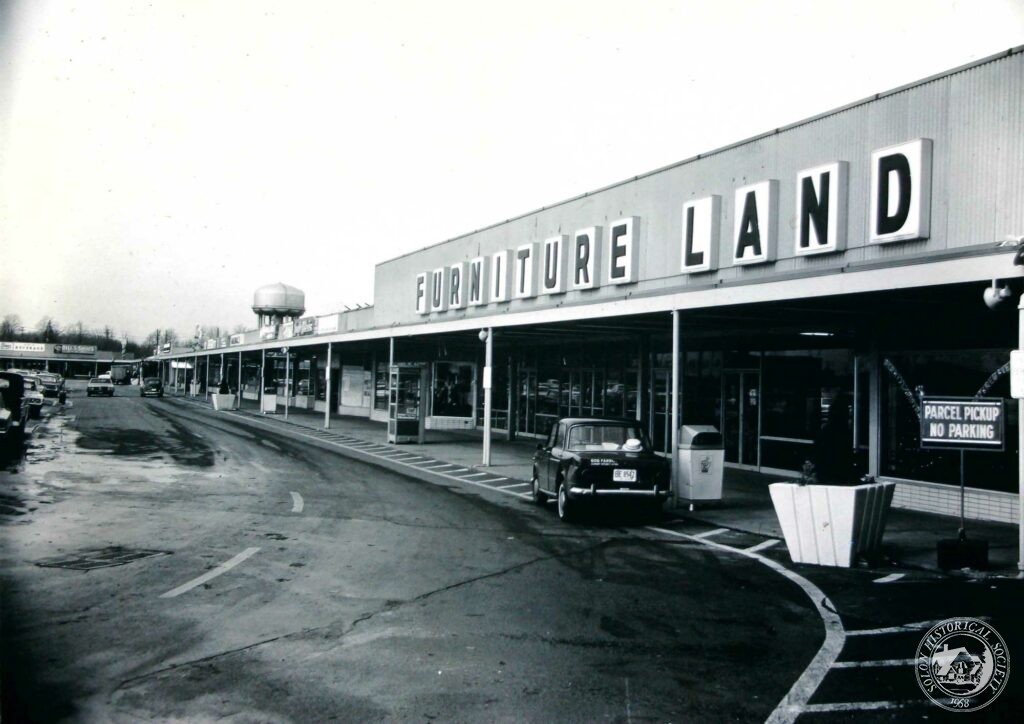
Solon Square Shopping plaza, circa 1950’s
Partly as a result of this rapid industrial development, Solon experienced a 500% population increase between the years of 1950 to 1970. This is in part due to the fact that in 1947 village voters passed strict zoning regulations and Solon began a fervent effort to encourage industrial growth under the leadership of Mayor Carter.
As late as the mid-1960s, the now City of Solon reportedly counted only a single African American family, yet by 2016 was among the most diverse in Cuyahoga County. Over the next several decades, the population would steadily increase and eventually plateau between 22,000 to 23,000 where it remains today. With its commercial district largely concentrated along a central intersection and with minimum lot restrictions for residential land, Solon has largely maintained a small-town appearance.
Today, the City of Solon is home to more than 500 industrial, commercial, retail and professional businesses, including several major employers like Swagelok, Nestle, and the Cleveland Clinic. Solon also boasts being one of the top public schools in Ohio and the Nation.
